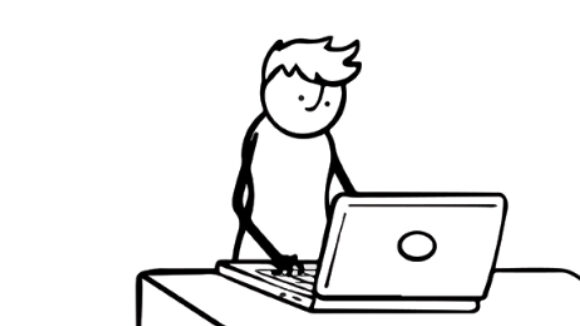Community Engagement Toolkit
Community Engagement
Part of normalizing reuse is making sure local folks are familiar with it and get excited about ditching disposables. Right now, nearly everyone thinks it’s best to focus on recycling and composting single-use products and packaging. People aren’t going to ask local restaurants or politicians to ditch disposables and reprioritize reuse over recycling if they don’t even know what reuse looks like and why it’s important.
Community engagement is a multi-faceted proposition. Develop a community engagement plan that sets priorities and is realistic about your capacity to execute them.
Step 1 in community engagement is ensuring that you have a wide array of community stakeholders and perspectives involved in your coalition or ready to participate in your campaigns. Start by identifying these constituencies in your community and develop plans for how you will reach them and what you want to ask them to do: Invite you to speak to their membership? Join your coalition? Collaborate on an event? Share content with their members? Show up for a hearing?
- environmental, zero waste, litter, and watershed protection groups
- climate activists
- social and environmental justice leaders
- neighborhood groups and associations
- faith-based groups and leaders
- seniors groups
- teachers, youth, and student groups
- parent associations
- garden clubs
- rotaries*
- disability activists*
An obvious group to engage is the local business community – see the section on Business Outreach.
Step 2 is planning external engagement, like organizing events in the community that raise awareness. It may be a litter cleanup, a film screening, an expert panel discussion on plastics and human health or on zero waste and climate connections. A Bring Your Own Cup (BYOC) campaign is a way to engage people in taking personal action to ditch disposables. A reuse and zero waste festival can bring people together to meet vendors that are doing reuse, to see reuse in action when food and beverages are served in reusables, and to celebrate a more sustainable community.
Don’t forget to invite local electeds to all your events and give them a speaking opportunity. Their main motivation for showing up is to connect with constituents. And when you give them a platform to speak at a reuse event, they instinctively become a reuse champion.
Community engagement also happens through social media, newsletters, earned media. All of these activities are covered in the Communications Toolkit.
*Rotaries are often overlooked, but they shouldn’t be since they are composed of local people looking to volunteer for projects that improve and support the community.
**Disability groups may have strong concerns about policies that make it difficult for their people with disabilities to access cups, straws, and other types of packaging. They should be consulted early in the process of developing a reusable foodware policy .

What’s in the Toolkit?
-
General Outreach Tools
- Sample Outreach Flyers
- Use outreach flyers like the samples in this folder for tabling at events. You don’t need to print many of them as people are increasingly more interested in online information. Make sure to include the organization website, social media handles, and a QR code that links to a sign up form or questionnaire aimed at gathering contact information from people who are interested in learning more.
- Sample Outreach Flyers
-
Community Outreach Initiatives
- The Reuse Blitz
- A way to celebrate businesses that support reuse, like cafes that offer takeout reusables or allow BYOC, refill shops, and bulk shopping options at retail stores.
- BYOC Reduces
- Engaging people in identifying businesses that allow you to BYO cup (or container, if you want to add that).
- The Reuse Blitz
-
Tools for Building Support for a Policy
- Sign-on Letters
- Use these templates to gather support from different constituency groups. You can make it a sign-on letter for organizations to add logos and signatories, or you can share the template with individuals and ask them to send a letter on their own. Some organizations collect letters at events and do the mailing themselves to ensure it gets sent.
- Sample Letter to Legislators for Organizations
- Sample Letter to Legislators from Individuals
- Sample Letter to Legislators from Businesses
- Email Action Alert Template
- Organizations with grassroots advocacy software can host the email action. To effectively set up an email action to legislators, begin by identifying the right people to contact (local or state electeds) and their email addresses. Share the list along with this template and invite people to craft a more personalized message if possible. Ensure the email provides states a specific call to action (like asking a legislator to support or oppose a policy) and includes the sender’s contact information to show they are a constituent.
- Example 1
- Example 2
- Postcard-to-Legislator Template
- Use this template to create a postcard action campaign. Decide what legislators to target and provide their names and addresses in a targets list. Design the postcard and accompany it with 2 to 3 short sample scripts for users to add. You can print out post cards and provide them to people. Ask people to host a post-card writing party, or order a bunch to fill out on their own.
- Sign-on Letters
